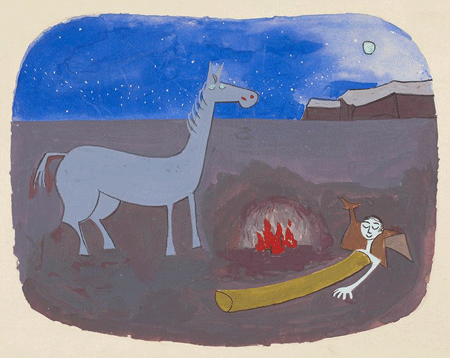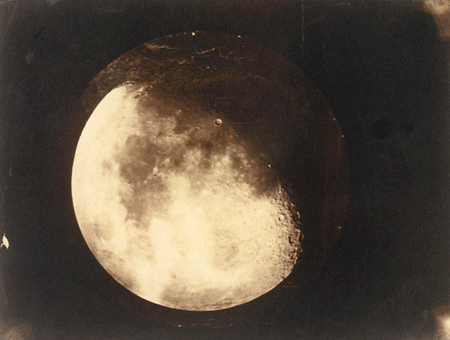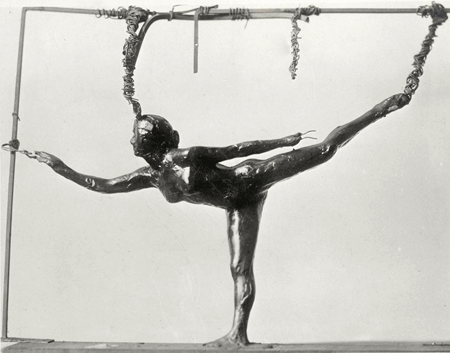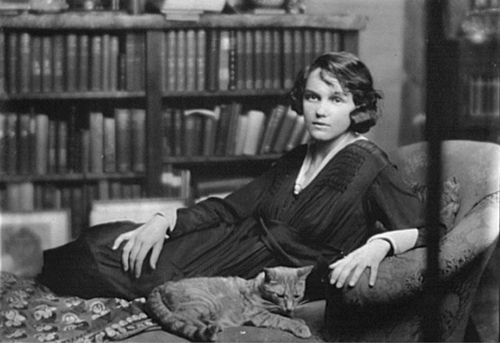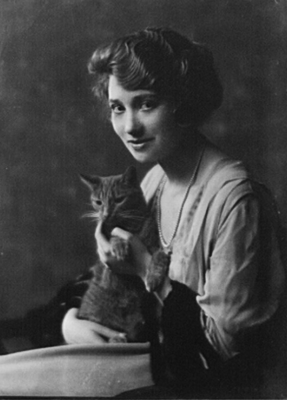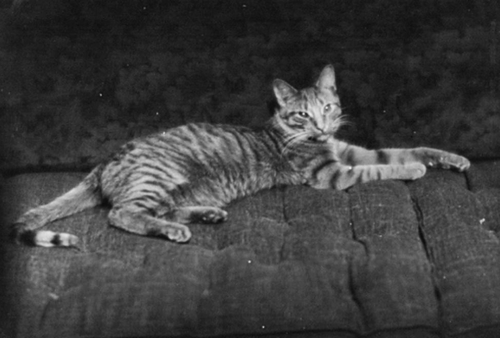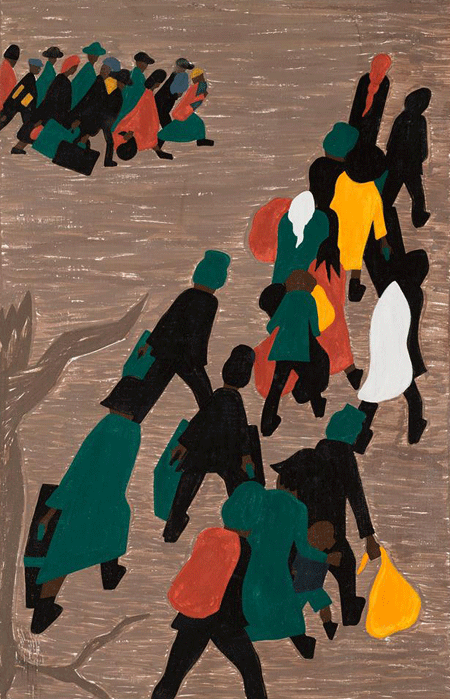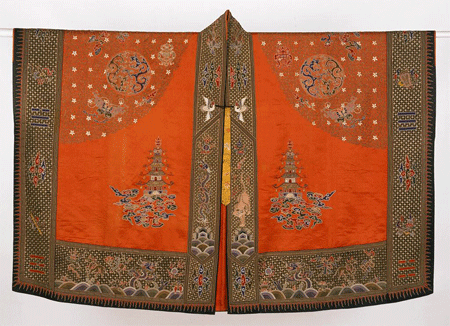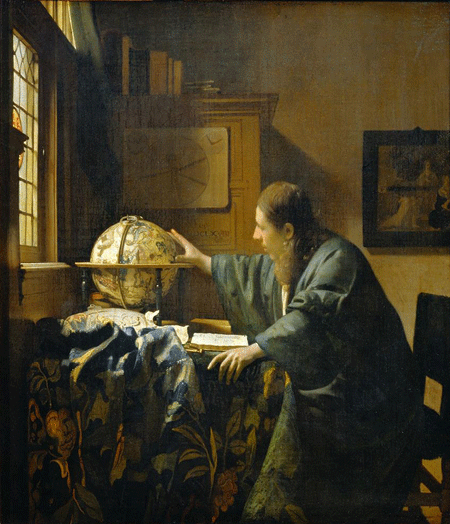
James Conlon | The Great Mosque of Djenne, South façade, exterior | image: 2008 | Djenne, Mali
Mrs. Michelle Apotsos
Stanford University
Doctoral candidate Art History/Architectural History
As a graduate student at Tufts University, I was once given the opportunity to give a lecture to a class of architectural history students on West African architectural form for the purpose of unsettling some common notions that inform Western conceptions of the built environment. I decided to present a case study of the Djenné mosque in Mali, West Africa as an example of an architectural tradition that utilizes distinctive structures, materials, and iconographies to resonate with its cultural context. The experience itself not only revealed to me the inherent challenges of teaching architectural studies in Africa, but also the necessity of having high-quality visual tools in order to recreate a convincing three-dimensional spatial narrative. Thus began my ongoing love affair with Artstor.
